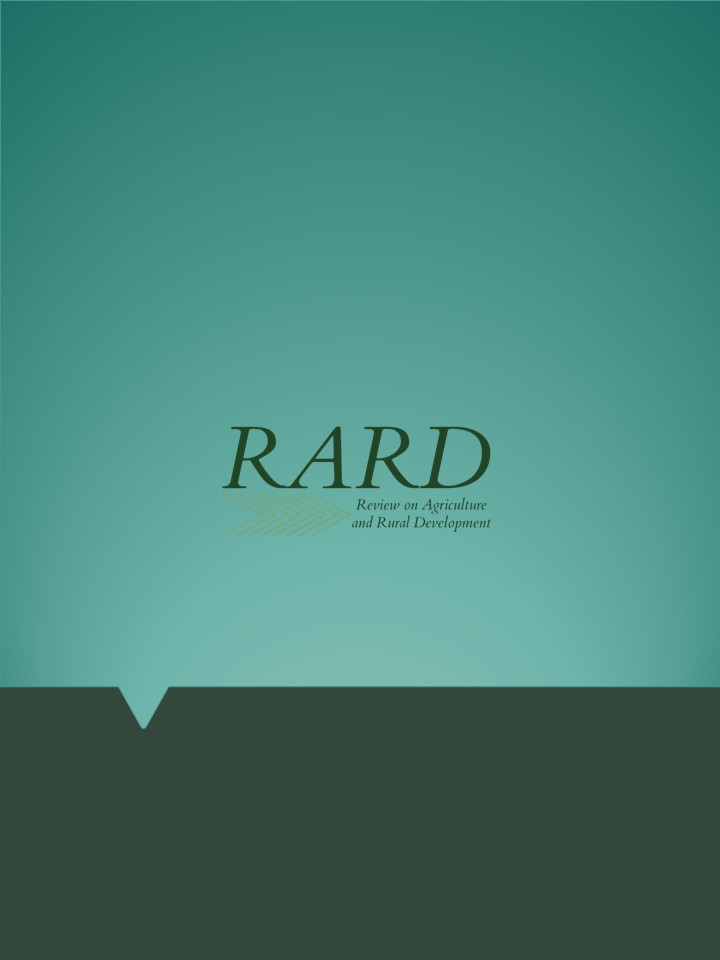The Impact Of Various Primary Tillage Methods On The Yield Components Of Dry Bean
Main Article Content
Abstract
In Hungary, dry bean (Phaseolus vulgaris L.) has been being popular as food and even as kitchen garden crop for centuries but currently only 20% of the annual domestic consumption is produced by the Hungarian agriculture, with the missing 80% coming from import. Improvement of production technology adapted to the new varieties of higher yield potential can contribute to the increase in domestic production. In our experiment, no significant differences could be found between the yield component and yield data of inversion (2.66 tons ha-1) and non-inversion (2.62 tons ha-1) tillage methods. Strip-tillage, however, resulted in higher values for almost all parameters compared to the other two methods. In the case of yield per plant, the difference was significant (24.35 vs. 18.33-18.57 grams ha-1). As the plant density was significantly lower for strip-tillage, despite the significantly higher yield per plant, the yield per hectare results became the lowest (1.39 tons ha-1) here. From the conditions detected after emergence, it was obvious that the harmonization of strip-tillage and sowing was not perfect. As the higher yield component and yield per plant data can be explained both by the lower plant density and the superiority of strip-tillage, the repetition of the experiment is essential.
